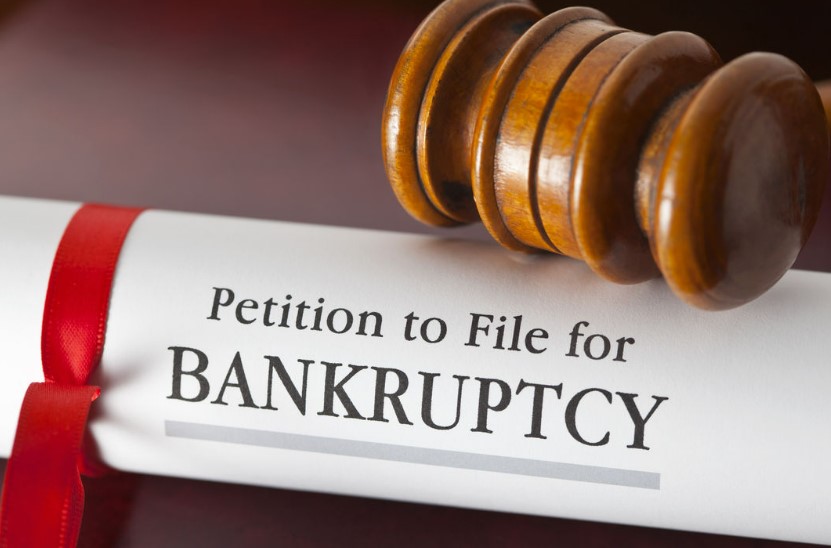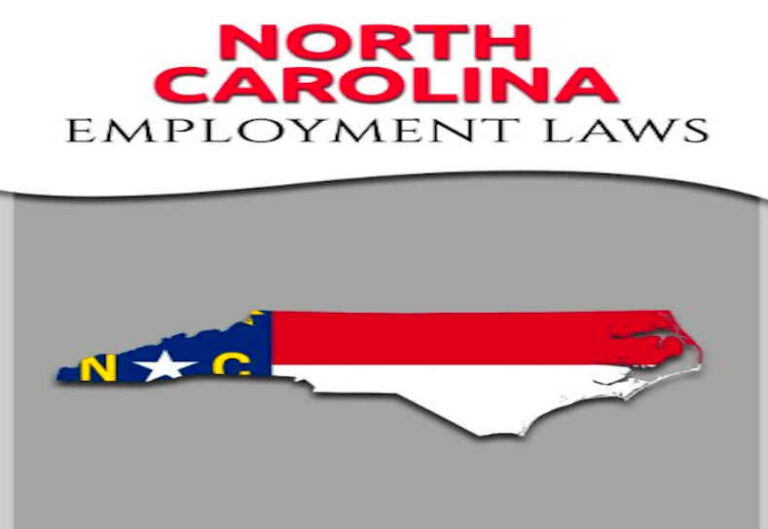In today’s unpredictable economic landscape, unexpected financial crises can strike anyone at any time. Whether it’s mounting medical bills, job loss, or a sudden financial setback, it’s crucial to know that there’s a legal recourse available to regain control of your finances swiftly. This recourse is known as emergency bankruptcy filing.
What is Emergency Bankruptcy Filing?
Emergency bankruptcy filing, also referred to as a “skeleton filing” or “bare-bones filing,” is a legal process that allows individuals or businesses facing an imminent threat, such as foreclosure, repossession, or wage garnishment, to initiate bankruptcy proceedings quickly. This immediate action places an automatic stay on creditors, halting all collection efforts and providing the debtor with breathing room to assess their financial situation.
Benefits of Emergency Bankruptcy Filing
| Benefit | Description |
|---|---|
| Immediate Protection | The automatic stay stops all collection actions, including creditor harassment and lawsuits. |
| Peace of Mind | Reduces the stress associated with impending financial doom. |
| Preservation of Assets | Helps protect essential assets like your home, car, or business. |
| Time to Reorganize | Grants time to work with an attorney to create a manageable repayment plan. |
| Prevents Utility Disconnection | Halts utility companies from disconnecting essential services. |
How to File for Emergency Bankruptcy
- Consult with an Attorney: The first step is to consult with a bankruptcy attorney who specializes in emergency filings. They will assess your situation and determine if this is the right path for you.
- Gather Essential Documents: Work with your attorney to gather essential financial documents, such as income statements, debts, and creditor information.
- Complete the Petition: Your attorney will help you complete the necessary bankruptcy petition, including the emergency filing motion.
- File the Petition: Once the paperwork is ready, your attorney will file the petition with the bankruptcy court. The automatic stay goes into effect immediately upon filing.
- Notify Creditors: Your attorney will inform your creditors of the bankruptcy filing, and they must cease all collection actions.
- Attend the 341 Meeting: You’ll be required to attend a meeting with your creditors and the bankruptcy trustee. Your attorney will guide you through this process.
- Develop a Repayment Plan: With the guidance of your attorney, work on a repayment plan for your debts, which will be presented to the court for approval.
- Complete Financial Management Course: Attend a financial management course, as required by the court.
- Discharge of Debts: After fulfilling the requirements, the court may discharge eligible debts, providing you with a fresh financial start.
Is Emergency Bankruptcy Filing Right for You?
Emergency bankruptcy filing is a powerful tool for regaining control of your financial situation. However, it’s essential to weigh the pros and cons and consult with an experienced attorney to determine if it’s the best option for your specific circumstances.
In conclusion, when facing imminent financial crisis, emergency bankruptcy filing can be a lifeline. It provides immediate protection from creditors, time to reorganize your finances, and a chance to secure your assets. To explore this option further, consult with a bankruptcy attorney who can guide you through the process and help you regain your financial footing. Don’t wait until it’s too late; take control of your financial future today with emergency bankruptcy filing.









